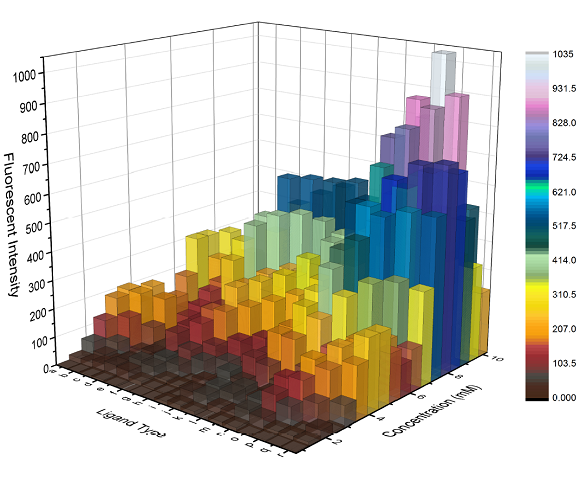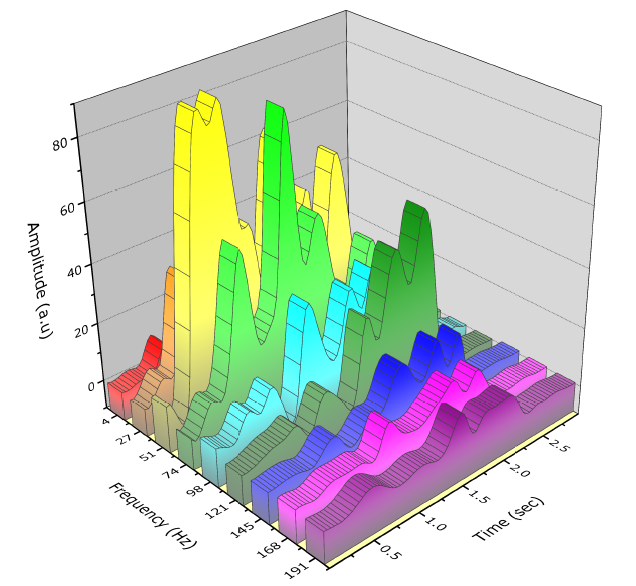
- #Matlab 3d matrix to imagetype install#
- #Matlab 3d matrix to imagetype update#
Using the Script Editor you will be able to select MATLAB from the language menu.
For the common “Out of Memory” error, see the Troubleshooting page. For instance, -Xmx512m in your java.opts file may be a good start point. Alternatively, this can also be done by creating a java.opts file in the startup directory and overriding the default memory settings (see this documentation for more information). The change will be reflected by the Preferences as above. Find the parameter `JavaMemHeapMax` in the file and increase the number that follows the capital I (in MB) to increase the maximum Java heap memory size. `C:\Users\xxxxxxx\AppData\Roaming\MathWorks\MATLAB\R2018b`). In that case, you can directly edit matlab.prf file in the folder specified by the prefdir MATLAB function (eg. However, the maximum value allowed in the Preferences can still be too small for your purpose. From MATLAB R2010a onward, you can increase the Jave Heap Memory size from Preferences › General › Java Heap Memory. In order to handle large images, the default Java Heap Memory size assigned won’t be enough and you may get the error : Java heap space. m scripts before, look through the script examples. If you’re familiar with the MATLAB language but haven’t written. If you’re new to MATLAB, first check out Mathworks’ getting started guide. The command version -java will return the current Java version used by MATLAB. If you run MATLAB R2017b and later, you don’t need to do this, as it ships and uses Java 8 already. You will need to change your MATLAB installation to use Java 8, by following the instructions for your platform: Windows, macOS or Linux. Prior to MATLAB R2017b, MATLAB ships with Java 7, but ImageJ2 requires Java 8. All that ImageJ-MATLAB provides is adapters for evaluating scripts written in ImageJ2 to MATLAB, and converters between ImageJ2 and MATLAB data structures. #Matlab 3d matrix to imagetype install#
You will need to install your own licensed copy of MATLAB. #Matlab 3d matrix to imagetype update#
This will literally update and replace the existing, non-functional ImageJ.m file in the scripts folder with the genuine one. And then click Apply changes on ImageJ Updater. Once checking status is done, click Manage update sites. See Following an update site for more detail. MATLAB tutorial for ImageJ2 Prerequisites Allows developers to write additional plugins which extend these capabilities in new directions. Lets you launch ImageJ2 and interact with it from inside MATLAB. Enables execution of MATLAB scripts from inside ImageJ2’s Script Editor. Translates data between ImageJ2 images and MATLAB matrices. 
The problem is for the matrices t which are derived from ×= ☞12R, I should have a 3x1 matrix but the answers are 3x3 matrices.Prior to MATLAB R2017b, MATLAB ships with Java 7, but ImageJ2 requires Java 8.

%since there are two rotation matrices, for each of them there are two

%Estimation of P2 based on svd decomposition of E %putting the first camera as world reference

= estimateFundamentalMatrix(matched_points_image1,matched_points_image2,'NumTrials',2000) įprintf("Finding the essential metrics because we don't know the R and T between two cameras whose took the pictures.\n") Executing triangulation and building the 3D position.Since I don't have any information about the P2 (projection matrix of the second image), I have to use the Essential matrix to be able to retrieve the matrix R and T for the second camera.Find the matching point, and estimate the fundamental matrix F.I was able to derive the matrix K from the first image because the requirement of the project asked for the camera calibration matrix of that specific image.įor the 3D reconstruction, I have to follow these steps: The photos have different positions and angles. I have to reconstruct the 3D position of some visible features, which are visible on two images taken from a car.








 0 kommentar(er)
0 kommentar(er)
